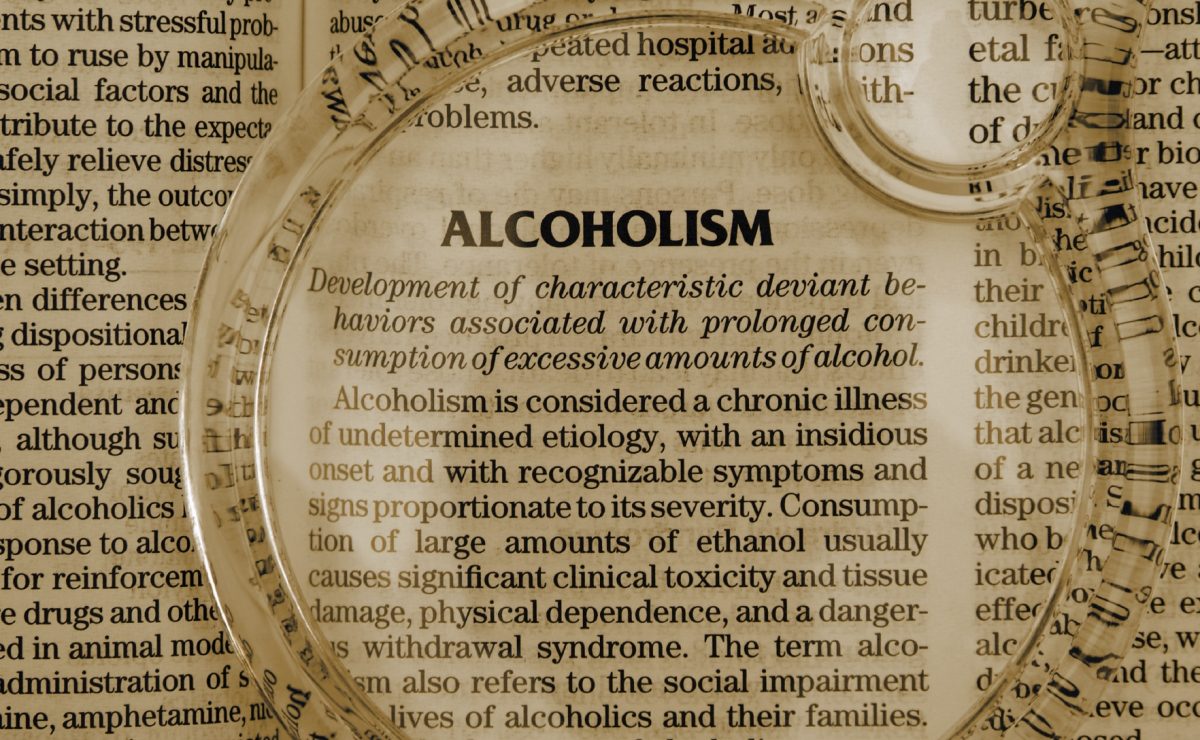
Roughly one in eight Americans is alcoholic, and another eighth of the country struggles with high-risk drinking. These facts present an America that has a serious drinking problem – and as a result, most people in America know one or more people who struggle to properly manage and moderate their alcohol consumption and keep it to a responsible level.
Confronting someone about their drinking is very difficult. Some people are highly defensive, seeing drinking as a refuge from responsibility and a way to unwind – a treat they deserve after hours of stress and frustration. Others are acutely aware that their drinking is problematic, and it is a cause for great shame to them – making it a particularly sensitive topic.
Sometimes, a person might try to deflect from their drinking, through jokes or otherwise. It’s natural to be apprehensive about the topic of addiction – for many in the public, addiction is seen as a disease brought on by a lack of inhibition. In other words, someone who is addicted is often gluttonous or morally bankrupt, and the two concepts – addiction and moral failure – are difficult to divorce in the minds of many. As such, few people would ever want to admit to an alcohol problem, or an addiction.
Getting someone to realize they have a problem is only possible if they’re convinced of the severity of their situation, and the possible consequences it can bring. Addiction is a disease, but it’s a treatable one. Many alcohol addiction treatment centers dot the country, working hard to help patients get clean, stay clean, and learn how to live clean lives. If you’re worried someone you know, or love is struggling with a drinking problem, then approaching them about it will be a challenge. But if you’re prepared, you may be able to get through to them.
Defining a Drinking Problem
A drinking problem is also known as alcoholism, or alcohol use disorder. Because alcohol is an addictive substance, people who consume alcohol are at risk for developing an emotional and/or physical dependence on the drug. There are ways to recognize a drinking problem. These are predominantly:
- Drinking more than intended.
- Unable to stop drinking, or even cut back.
- Drinking regularly, especially to relax or unwind.
- Being permanently drunk, with very little time spent sober.
- Struggling to maintain a job or follow through with responsibilities and commitments.
- Missing social occasions and withdrawing from others.
- Irritability and/or depressive symptoms while sober.
The characteristics for a drinking problem are the inability to stop despite wanting to and struggling to cut back despite clear and severe consequences, from people getting hurt emotionally, to relationships coming apart, and careers ending.
Contrary to popular belief, an addict does not have to hit rock bottom to begin treatment. In fact, it’s much better to treat an alcohol use disorder as quickly and as soon as possible. The trick is convincing your loved one or friend that they have a problem – but you needn’t wait until they’ve hit rock bottom to do that, either.
What to Say and What Not to Say
When speaking to someone who may have an alcohol use disorder, it helps to know what kind of language best comes across as helpful, and what kind of language is likely to shut down any kind of amicable or honest conversation. Consider:
- Pointing out behavior that worries you, not out of judgment but out of loving concern.
- Express how you feel, and don’t assume how they feel. Stick to “I” rather than “we”.
- Do not preach to them or claim a moral high ground of any kind.
- Do not try to tell them how their drinking is statistically destructive, or negative in any abstract way – focus instead on real examples of behavior that worries you, rather than behavior they haven’t exhibited.
- Do not threaten or beg them to stop.
- Do not expect them to get better on their own.
Suggest Help
The most critical part you must play in all of this is to convince your loved one or friend that they need help. Ultimately, it’s their choice – but remind them that their actions are not taking place in a bubble. What they do affects those around them, and if their drinking has escalated to a level where it is becoming emotionally, financially, and physically harmful to others, it’s important to make them aware of that fact and help them find someone to treat the condition.
Start by consulting your doctor or find a nearby specialist in addiction medicine. Look for treatment facilities and sober living homes in the area.
Watch Your Own Health
If your loved one is struggling with addiction, then you are intimately affected by their condition. It can be very difficult to support someone through recovery, and it can be ever harder to see them relapse, lose hope, and become frustrated. Yet with your support, your loved one will be able to cut their addiction loose and live a better life – if they continue to stay committed to their sobriety, despite initial setbacks and bumps.
As time goes on, however, this can take its toll on people. Partners, children, parents, and friends alike will find moments of frustration, fear, and helplessness in the face of relentless addiction. Maintaining the flame of hope can be exhausting, and sometimes, you will truly believe it’s gone out.
That is why it’s important you have someone to lean on, as well. Recovery is one of life’s many challenges, but challenge has a million different names. If you cannot manage to maintain a healthy mindset, it’s important to take a step back and consider your own health. Consider your priorities and your responsibilities and consider how you may be able to reduce the burden you’re experiencing. It’s important to be honest about these things – ignoring your own mental health to support someone else is irresponsible and dangerous and could cause you to plummet into your own downward spiral.
Take measures to reduce excess stress, delegate tasks and responsibilities, seek out help and support, and take time regularly to care for yourself and your own needs and interests. If you can’t function as a healthy human being, then you can’t support your loved one through their challenges either. If possible, lean on each other and give each other strength. Many addicts need help – but the ability to help others despite the addiction can be a powerful source for self-affirmation and hope. Giving feels better than getting, after all.








